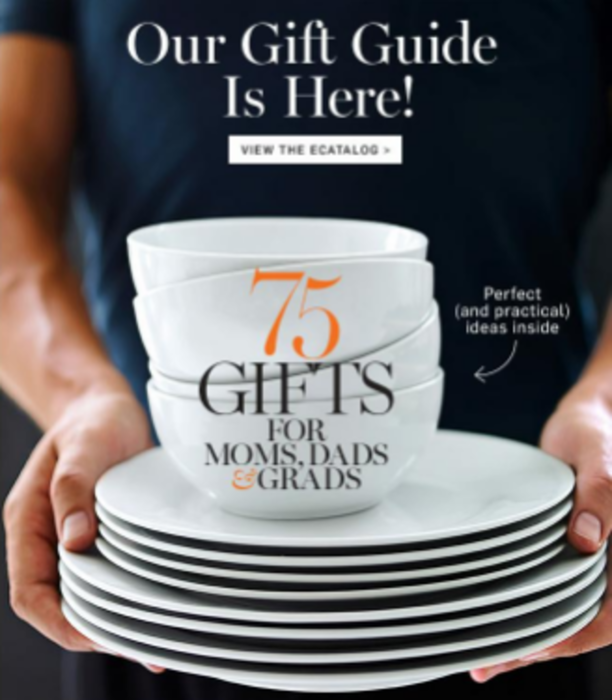Mother’s Day is a holiday that tugs at the heartstrings like no other. That’s a prime opportunity for savvy direct marketers and email. Of course, that also means it’s a prime opportunity for “batch & blast” marketers.
Take the veteran direct marketers at Rosetta Stone. With 5.4 million Mothers’ Day themed emails sent, Rosetta was a volume leader for the holiday. Only 4.9% of them got read, however, well under the 11.6% average and far below top performers with opens north of 30%. “The blasters still live. It doesn’t cost much, so they mail to millions. It’s the lazy man’s email,” says Arthur Sweetser, CMO of eDataSource, which tracked billions of branded emails over the holiday. You also might question whether a language program is the best gift for Mother’s Day.
Retailers were the most prodigious emailers of gift suggestions for moms, of course, though, as has been the trend of late, major chains didn’t go all out for the holiday. Macy’s sent just seven mom-themed campaigns, Kohl’s six, and Target none. Amazon, the go-to site for last minute gifts, emailed 22. Top-performing Mothers’ Day campaigns featured personalized gift suggestions, poor performers did the B&B thing. To wit:
Winner: Brad’s Deals got right to the point with the subject line, “Great Deals on Personalized Gifts for Mom,” No-nonsense body content featuring large color pictures of suggested items and link buttons. Brad’s scored a 43% read rate on 916,000 emails.
Winner: Legendary direct marketer Williams-Sonoma earned a 38% open rate on a tailored mailing of on 344,000 with a holiday trifecta. It banked off of Mothers’ Day to get customers thinking (and buying for) upcoming graduation and Fathers’ day celebrations.
Loser: The aforementioned Rosetta Stone, a long-established pro in direct selling and email, not only mailed to the largest possible universe, but failed to differentiate its Mothers’ Day appeal significantly from its basic appeals. “Lame,” was Sweetser’s curt appraisal.
Loser: Jo-Ann fabric and craft stores dropped two magic words in its subject line—free shipping—but apparently swathed the offer in a badly tailored blast of 3.3 million addresses. Only 8.4% of their emails got opened.








